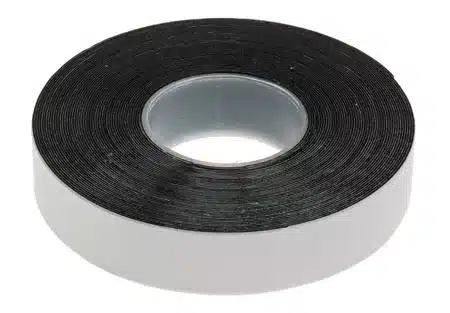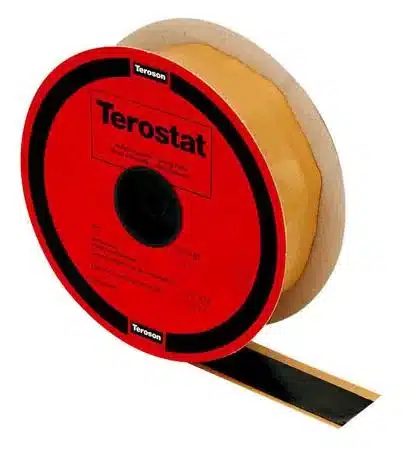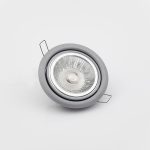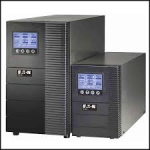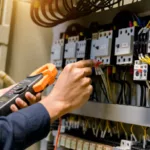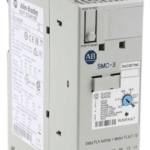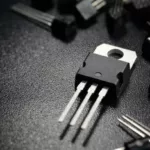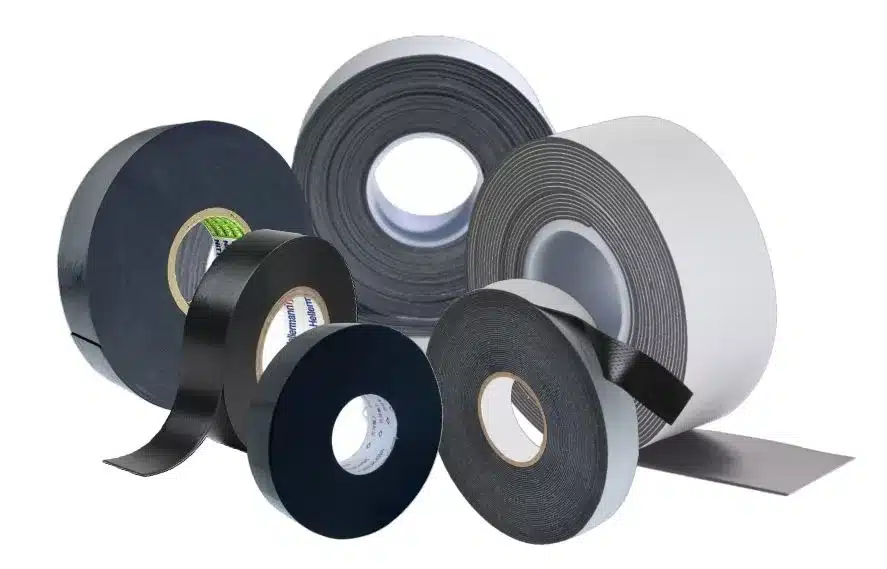
Introduction
You will likely have come across a variety of tapes for repairs and installations—duct tape, electrical tape, masking tape, and so forth. These traditional adhesive tapes rely on sticky substances to adhere to surfaces, leave unsightly residues, and dry quickly. Enter the world of self-amalgamating tapes—unique adhesive solutions designed to provide dependable sealing performance in a matter of seconds. This article focuses on the exceptional features of these special tapes, highlighting why they are must-have solutions for every project.
Understanding Self-Amalgamating Tapes: Definition and Key Features
Self-amalgamating tapes, often called self-fusing or self-bonding tapes, are non-tacky rubber tapes designed to create a strong seal by adhering to themselves without needing heat or glue. These non-sticky tapes are typically made from specialised silicone rubber or ethylene propylene rubber that enables them to fuse with themselves when stretched and wrapped. The amalgamation process occurs as the layers of tape merge, creating a durable, homogenous, insulating, and protective barrier that can withstand harsh conditions, including extreme temperatures, moisture, and chemicals.
One of the key features of a self-amalgamating tape is its self-fusing characteristic, which delivers a secure hold that doesn’t unravel easily. Another standout feature is its lack of initial tackiness. This means these tapes don’t stick to surfaces or leave behind a sticky residue, making them clean and easy to use. Additionally, these self-bonding tapes are highly elastic, resistant to various environmental conditions, provide robust insulation, and are compatible and waterproof.
Why Does Every Project Need Self Amalgamating Tape?
In today’s saturated world of specialised tools and materials. It can be hard to find a single product that offers versatility, durability, and ease of use all in one. Self amalgamating tape, however, genuinely meets that challenge. It simplifies your work by:
- Reducing the need for multiple different tapes or sealants
- Withstanding tough conditions, including temperature extremes and water exposure
- Providing a neat, residue-free finish
- Delivering high-quality insulation for electrical safety.
Furthermore, its adaptability across disciplines—electrical work, plumbing, automotive repairs, and more—makes it a wise investment. Even if you’re a novice DIYer, keeping a roll on hand can help you handle urgent leaks and unexpected cable damage without scrambling for specialised help or expensive replacements.
Common Types of Self-Amalgamating Tapes Explained
While the basic principle remains the same, self-amalgamating tapes are available in different materials and formulations to suit specific applications. The most common types include:
- Silicone Self-Amalgamating Tapes – Silicone rubber tapes offer high-temperature resistance, making them perfect for applications involving heat or extreme weather conditions. They also provide superior electrical insulation and resistance to UV radiation, chemicals, and moisture. A silicone tape tends to be more flexible and leaves no residues often removal.
- Ethylene Propylene (EPR) Self-Amalgamating Tapes – EPR rubber tapes are known for their exceptional electrical insulating features and resistance to moisture and ozone. They are commonly used in cable jointing and repair, providing reliable protection against environmental factors.
- Butyl Rubber-Based Tapes – These tapes are used for waterproofing in roofing and plumbing scenarios and offer excellent adhesion to metals and plastics. Moreover, they are highly flexible, provide good adhesion, and resist moisture and chemicals.
Self-Amalgamating Tapes vs. Traditional Adhesive Tapes: A Comparison Table
| Feature | Self-Amalgamating Tape | Traditional Adhesive Tape |
| Adhesive-Free | Yes | No |
| Waterproof | Yes | Varies |
| High-Temperature Tolerance | Yes | Limited |
| Long-Lasting Bond | Yes | Temporary |
| Electrical Insulation | Excellent | Moderate |
Do’s and Don’ts for Self-Amalgamating Tapes
When using self-amalgamating tapes, it’s important to follow specific practices while avoiding certain actions. These particulars will ensure the tapes’ effective application and optimal performance.
Do’s:
- Stretching the Tape: Always stretch the tape during application for maximum adhesion.
- Check for Safety Ratings: For electrical insulation, ensure the tape is UL-rated for safety.
- Proper Storage: Ensure to store these tapes in a cool, dry place to preserve their self-fusing properties.
Don’ts:
- Improper Stretching: When not stretching enough, it reduces bonding strength.
- Applying on Dirty Surfaces: Prepare the surface by cleaning it and removing any debris that can compromise seal quality.
- Using the Wrong Type: Don’t apply the wrong tape, which can lead to suboptimal performance.
Diverse Applications of Self-Amalgamating Tapes
Because of its unique self-fusing characteristic, self amalgamating tape remains one of the most reliable solutions for applications that demand waterproofing, insulation, or sealing under varying conditions. They find applications across various industries and DIY projects, such as:
- Electrical Insulation and Repair: Self-vulcanising tapes are widely used to insulate and repair electrical cables, wires, and connections. They protect against moisture, corrosion, and electrical hazards, ensuring safe and efficient electrical systems.
- Plumbing and Pipe Repair: These tapes can seal leaks in pipes, hoses, and fittings, providing a quick and effective solution for plumbing emergencies. They can also protect pipes from corrosion and environmental damage.
- Automotive and Marine Applications: Self-bonding tapes are indispensable in automotive and marine applications for protecting wiring harnesses, sealing connections, and repairing hoses and pipes.
- Weatherproofing and Sealing: These tapes can seal gaps and cracks in windows, doors, and roofs, effectively preventing drafts and leaks.
- Sports and Outdoor Gear Repair: Self-amalgamating tapes can be used to repair and protect sports equipment, camping gear, and other outdoor items.
- DIY and Household Projects: Self-fusing tapes are handy solutions for various DIY and household projects, from fixing leaky faucets to repairing damaged cords.
Final Thoughts
Given all its advantages, self amalgamating tape deserves more recognition. However, they are cost-effective, user-friendly, and reliable under conditions where regular tape fails. The combination of watertight sealing, excellent electrical insulation, and mess-free application ensures that your work remains durable and tidy. Plus, the sheer variety of formulations and types—silicone, EPT rubber, colour-coded and specialised self amalgamating tapes—makes it easy to find a tape that suits demanding projects, especially for those who value efficiency and clean results.






